 A 20-year-old ethnic Russian man is the first person to be convicted for taking part in a "cyber war" against Estonia.Dmitri Galushkevich was fined 17,500 kroons (£830) for an attack which blocked the website of the Reform Party of Prime Minister Andrus Ansip.The assault, between 25 April and 4 May 2007, was one of a series by hackers on Estonian institutions and businesses. At the time, Estonia accused the Russian government of orchestrating the attacks. Moscow denied any involvement. Kremlin spokesman Dmitry Peskov told the BBC in May 2007 that the allegations were "completely untrue".
A 20-year-old ethnic Russian man is the first person to be convicted for taking part in a "cyber war" against Estonia.Dmitri Galushkevich was fined 17,500 kroons (£830) for an attack which blocked the website of the Reform Party of Prime Minister Andrus Ansip.The assault, between 25 April and 4 May 2007, was one of a series by hackers on Estonian institutions and businesses. At the time, Estonia accused the Russian government of orchestrating the attacks. Moscow denied any involvement. Kremlin spokesman Dmitry Peskov told the BBC in May 2007 that the allegations were "completely untrue".Minority attacks
The attacks took place against a backdrop of riots by ethnic Russian Estonians prompted by the removal of a Soviet war memorial from the centre of Tallinn. During the unrest, one person was killed and more than 150 injured.Moving the so-called Bronze Soldier was seen as an affront to the memory of Russian soldiers who died during World War II.Prosecutors said Mr Galushkevich, a student, had claimed the attack was an act of protest against Mr Ansip, who became a hate figure for Estonia's Russian minority.Ethnic Russians make up about a quarter of Estonia's population of 1.3 million.Other websites that were crippled by the denial-of-service attacks, which knock websites offline by swamping servers with requests, included those of the state government, political parties and leading newspapers.Some sites also redirected users to images of Soviet soldiers and quotations from Martin Luther King about resisting "evil".
'No record'
Most of the hackers were believed to be based in Russia - the Estonian government said at the time that Kremlin computers were used to carry out a number of the attacks.The tiny Baltic State enlisted the help of Nato to help defend their networks in what was described as a "cyber war".But David Emm, senior technical consultant at Moscow-based antivirus software company Kaspersky Lab, told the BBC website that he believed the most likely culprits were "younger types who, in other days, would have been writing and spreading viruses".Mr Galushkevich is the first individual to be fined in connection with the attacks."The young man admitted his guilt," Gerrit Maesalu, spokesman for the regional prosecutor's office in north-east Estonia, told AFP.
"In deciding the verdict, the court took into account the fact that he had no criminal record," he said.Several other investigations into the events are under way, but no-one else has yet been brought to trial.
As in the days of Noah....











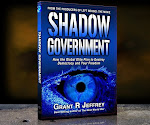
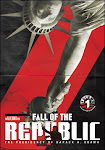





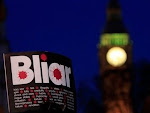














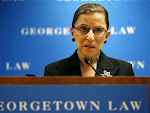







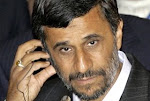




















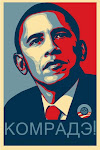
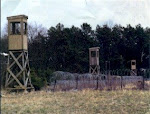






















.bmp)



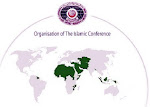





















.bmp)